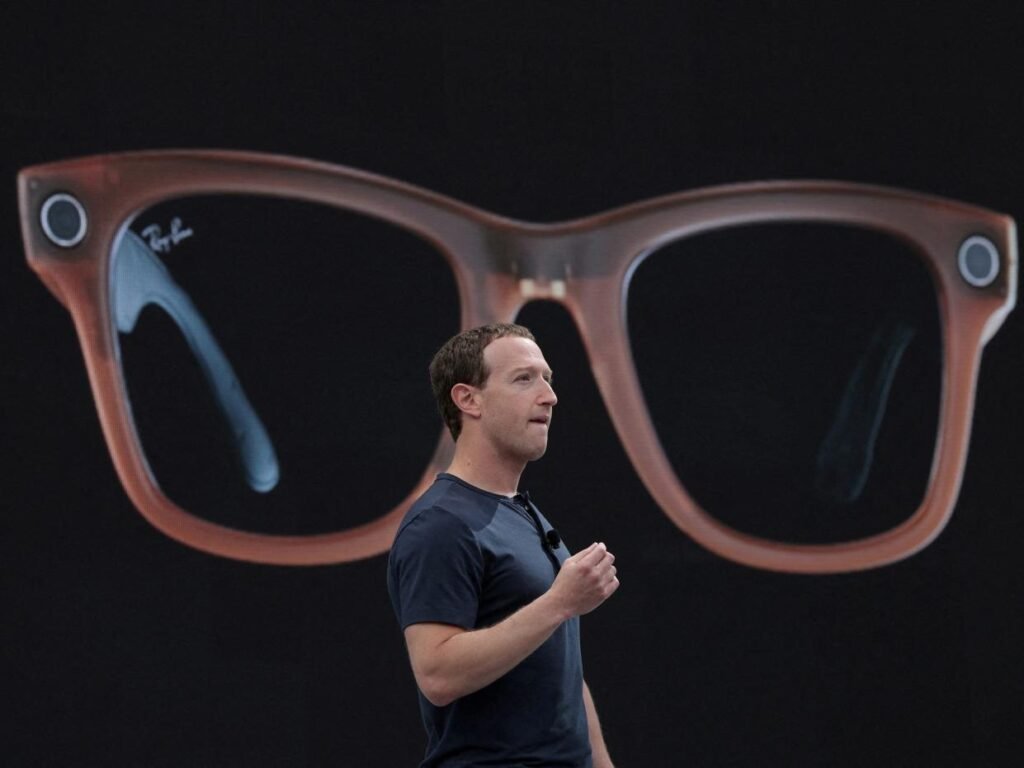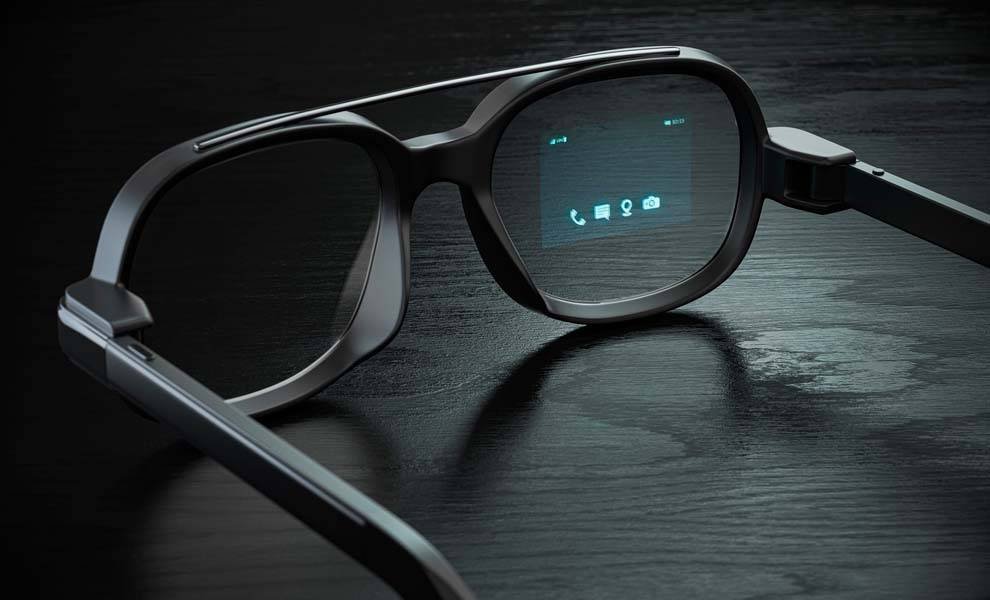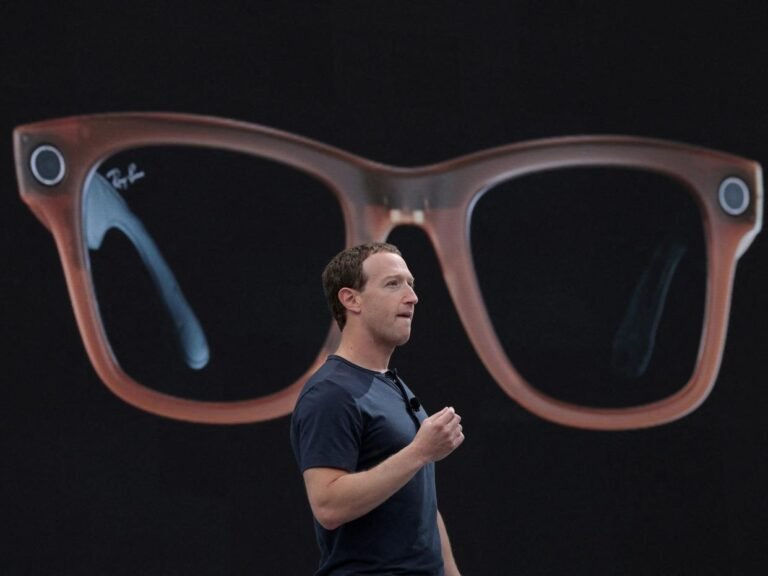
Mark Zuckerberg Predicts the End of Smartphones, and Rise of Smart Glasses as the Future of Technology
The smartphone era, which revolutionized how we connect, work, and live, may soon come to an end. Mark Zuckerberg, CEO of Meta, has made a bold prediction: smartphones will be replaced by smart glasses as the dominant technology within the next decade. This shift, he believes, will redefine the way we interact with the digital world.
At Meta’s annual tech conference, Zuckerberg laid out his vision for the future, describing a world where smart glasses seamlessly integrate augmented reality (AR) into daily life. This transformation is poised to make traditional smartphones less relevant, as smart glasses become the primary device for communication, navigation, and accessing digital content.
The Evolution of Smart Glasses: A New Era of Connectivity
For nearly three decades, smartphones have been at the forefront of technological innovation. From the Motorola StarTAC in the 1990s to the groundbreaking iPhone in 2007, these devices have reshaped human interaction. However, with innovation slowing and user needs evolving, the limitations of smartphones—such as their reliance on screens and manual input—are becoming increasingly apparent.

Enter smart glasses: lightweight, wearable devices equipped with AR capabilities that promise hands-free interaction, real-time overlays, and a more immersive digital experience. Unlike smartphones, which often distract users from their surroundings, smart glasses aim to enhance real-world interactions by integrating digital content directly into the physical world.
Tech Giants Driving the Revolution
Meta, Apple, and Google are leading the charge in developing smart glasses.
- Meta: With projects like Ray-Ban Stories and upcoming AR glasses, Meta is investing heavily in this emerging technology. Zuckerberg envisions these glasses as the “next major platform after phones.”
- Apple: The Vision Pro, Apple’s AR headset, is a testament to the company’s commitment to immersive technology. While the Vision Pro is a high-end product, Apple is likely working on more accessible AR wearables for the mass market.
- Google: As a pioneer in AR with its Glass Enterprise Edition, Google remains a key player in the race to perfect smart glasses.
These companies are not only developing cutting-edge hardware but also creating ecosystems of apps and services that will make smart glasses indispensable tools in everyday life.
The Technology Behind the Transformation
Smart glasses rely on several technological advancements to deliver on their promise:
- Augmented Reality (AR): AR overlays virtual information onto the real world. Whether it’s navigation directions or instant language translations, AR transforms how users interact with digital content.
- Miniaturization: To be practical and stylish, smart glasses must integrate powerful components like displays, processors, and batteries into a sleek form factor. Innovations in microLED displays and low-power chipsets are making this possible.
- AI and Voice Interaction: Advanced natural language processing enables voice commands and context-aware AI to provide a seamless user experience.
- 5G Connectivity: Real-time data transfer is essential for AR applications. With the global rollout of 5G, smart glasses can deliver fast and reliable performance.

A Timeline for Change
Zuckerberg predicts that by the 2030s, smart glasses will replace smartphones as the primary device for most users. He envisions a world where smartphones are used only for specialized tasks, while smart glasses handle the bulk of daily interactions.
“There will come a point where your smartphone will be more often in your pocket than out,” Zuckerberg said, emphasizing the convenience and integration that smart glasses offer.
What This Means for Users
Smart glasses have the potential to revolutionize daily life:
- Hands-Free Navigation: Directions and maps can appear directly in your field of vision.
- Real-Time Assistance: From language translations to instant notifications, information will be accessible without lifting a finger.
- Enhanced Productivity: Voice commands and AR tools will streamline work and personal tasks.
While the future of smart glasses is promising, there are hurdles to overcome. Privacy concerns, affordability, and user adoption will be key challenges for companies. Additionally, integrating AR into daily life without making it intrusive will require careful design and ethical considerations.
The End of an Era?
As we stand on the cusp of a technological revolution, the question remains: will smart glasses truly replace smartphones? If Zuckerberg’s vision becomes reality, the 2030s could mark the dawn of a new era where technology is seamlessly woven into the fabric of our lives.
For now, the race is on, and the tech world is watching closely. Whether this bold prediction materializes or not, one thing is clear: the way we interact with technology is about to change forever.



